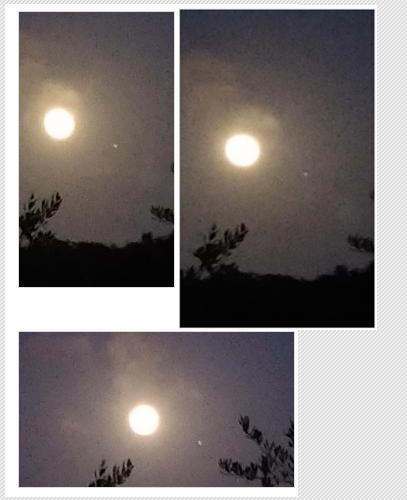The Dream Catcher Jupiter and moon as seen around 16 June 2019
News for astronomy light up the nights from dusk until dawn around 16 June 2019 June's full “Strawberry Moon” will be accompanied by the bright planet Jupiter Sunday night.
Numerical methods and codes.
Constellation of Ophiuchus Epsilon Ophiuchi is the Bayer name for the star. It was assigned this name by Johann Bayer in 1603. The closer to the start of the Greek Alphabet the name, the brighter the star is. Alpha stars tend to be the brightest in the constellation. A notable exception is Pollux (Beta Geminorum) which is the brighest star in the Gemini constellation. Yet, you have to square this diameter figure (11) to find that Jupiter’s surface area exceeds that of our planet Earth by 121 times (11 x 11 = 121). And you have to cube this diameter figure to find out that Jupiter’s volume exceeds Earth’s by about 1,331 times (11 x 11 x 11 = 1331). June’s full moon – also called the strawberry or rose moon – will be the last full moon before the solstice officially rings in summer on June 21st! The moon hits its ‘fullest’ at 3:31AM early Monday morning, but it will appear full through Sunday and Monday.
In astronomy, magnitude is a unitless measure of the brightness of an object in a defined passband, often in the visible or infrared spectrum, but sometimes across all wavelengths. An imprecise but systematic determination of the magnitude of objects was introduced in ancient times by Hipparchus.
Astronomers use two different definitions of magnitude: apparent magnitude and absolute magnitude. The apparent magnitude (m) is the brightness of an object as it appears in the night sky from Earth. Apparent magnitude depends on an object's intrinsic luminosity, its distance, and the extinction reducing its brightness.



Comments
Post a Comment